This shrub with unusually useful berries dreams of attaching almost every gardener in the country. Fragrant berries with sour and sweet taste will only decorate your table and benefit your body. Black currants received its name from the word "Snorbish", which translated from the Old Russian means "strong smell". Indeed, from all fruit shrubs, black currant is a bright and strong aroma. It smells tasty not only the berries themselves, but also the leaves themselves with branches. Therefore, all parts of the shrub along with fruits can find their application.
Possessing the most worthwhile composition, black currant will become a real storehouse of various properties and qualities for a person. This long-term shrub that can reach 2 meters high, will also be an unsurpassed decoration of your site, if it is correct to care for it and protect against pests and diseases. Black currant is widely cultivated in Central Asia, Western and Eastern Siberia, Russia, Ukraine, etc. Skillful mistresses often apply black currants for winter blanks: jam, jam, compote, etc. If you just gathered to grow black currants in your country, but do not know all the secrets of its landing and care, then this article is for you. We will tell about the most popular and favorite varieties of black currant, the ways to grow, care for the shrub, as well as the most common diseases and pests that can hit currants.
How black currant grows. Photo
What is the use of black currant for a person
The fruits of black currant is very juicy and have nothing to do with a similar sour-sweet taste. It is considered a low-calorie product - in 100 grams of black currant only 63 kcal. However, the high sugar content in these berries makes it an undesirable product for eating in large quantities for people with overweight or obesity. To understand, the currant is useful or not, it is enough to look at her composition, and then all doubts disappear by themselves. So, black currant contains in itself:
- vitamins B1, B2, B6, B9, C, D, E, K, P, A;
- pectins;
- organic acid;
- phosphoric acid;
- tannins;
- essential oils;
- phosphorus salts, potassium and iron;
- carateinoids;
- phytoncides;
- magnesium, manganese, lead, sulfur, silver, etc.
As you can see, an impressive list. Black currant is a real "home first-aid kit" and not only. Thanks to all vitamins and microelements contained in such a huge amount, black currant is used in traditional medicine, cosmetology for:
- for the treatment of avitaminosis;
- to increase the appetite with reduced acidity gastritis;
- to increase blood hemoglobin;
- to expand vessels;
- to provide anti-inflammatory action;
- to provide a diuretic action;
- to provide hematopoietic and blood purity;
- to enhance metabolic processes in the body;
- to increase immunity;
- to reduce blood pressure and the provision of beneficial effects on the cardiovascular system;
- to remove excess purin and uric acid from the body;
- to provide a secreting and toning effect on the body;
- for the treatment of dermatitis, eczema, gold;
- to normalize sleep and much more.
No matter how extensive, neither the positive effect of black currant on the human body, to use it, like every product, is in moderation, and some people are avoided.
Black currant is undesirable to eat people who suffer from thrombophlebitis, ulcer of the stomach, gastritis with increased acidity, hepatitis and bowel ulcers.
Mature varieties of black currant
When going to plant a black currant on the site, it is necessary to study its varieties. Currant is different not only for the timing of ripening, but also the size of the berries, their taste. Some varieties are designed for temperate climate, while others are for southern. For better yield, they are advised to plant several varieties of black currant. So, they will pollinate each other, which will affect the quality of fruits only positively.
Early varieties of black currant
Among the early varieties are the most popular are:
- Dacnitsa.
- Exotic.
- Selechinskaya 2.
- Discovery.
- Batka Minai.
- Aleandr.
- The little Prince.
- Castyechi et al.
Association of Black Currant
- Openwork.
- Delicacy.
- Dubrovskaya.
- Dobrynya.
- Perun.
- Raisen.
- Black Pearl.
- Clothing and others.
Late-winning varieties of black currant
- Lazy person.
- Daughter.
- Bagira.
- Venus.
- Katyusha.
- Vologda.
- Mermaid.
- Kernel and others
Varieties of the largest and sweet currant reviews of gardeners
Each gardener dreams of growing not just a black currant, but be sure to large and sweet. These are the most important criteria for delicious currant. It is known that the largest berries of black currants belong to the variety of cherry. This variety was bred in Siberia. One berry with such a bush can reach a record mass - 7-8 grams! In the southern climate, this variety changes its taste - becomes more sour and smaller in size. Other known varieties of large black currant are Dobrynya, Cherry, Kras Lviv, Comfort. The berries in these varieties reach the mass of 1.5 g or more. Of course, I want the currant not only large, but also sweet. Such berries love children very much. The following varieties have very high taste quality:
- Centaur.
- Perun.
- Venus.
- Pearl.
- Black BMW.
- Sweat.
- Legend.
- Raisin and others.
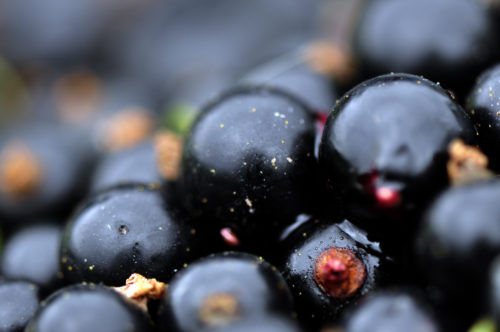
How to grow black currants. Step-by-step instruction
Choose landing time
Currant can be satisfied with autumn, and in the spring. If you decide to plant in the spring, then it is necessary to do it before the creation and dissolution of the kidneys. Autumn is planted at the end of September and October. Lailed in the autumn bush currant, in the spring will begin to start new shoots very quickly and grow up. Therefore, it is autumn that is considered an ideal time for landing black currant.
Choose a place and ground for landing
Black currant is quite unpretentious to the soil and growth. It can also grow in sunny places, and in the shaded, and on moistened soils, but not wetlands. The place for black currant on your site should have the following characteristics:
- fertile soil;
- sunny plot or seen section;
- a plot that is protected from the wind;
- possible option of a hilly site;
- avoid soils with excess acidity;
- avoid overwhelmed soils with very high groundwater;
- currant can grow both separately from other garden plants and in the gardens of the garden.
How to choose and correctly prepare seedlings for landing
The quality of seedlings need to pay special attention. After all, the health of the black currant bush and the quality of the crop will depend on it. It is better to acquire seedlings in specialized stores or plant nurseries. When buying, you need to pay attention to the following features:
- the root seedling system should be powerful and developed, have 25-30 cm of length and 2-3 major branching;
- roots should not be dry;
- roots must be without visible damage and flaws;
- the bark on the saplings should not be wrung.
To make sure that the "freshness" seedlings are slightly disconnecting a piece of bark. If there you will find a green color, then the seedling "alive", if brown is "dead." When transporting a seedling, turn it out with a wet rag and a cellophane package. And if you are not going to sit right at once, then stick the seedling into the ground. Place it under the tilt in the hole and spray the ground, closing the roots and part of the branches. Good paint land. So you can preserve the viability of currant for 4 weeks. Dry roots of seedlings can also be reanimated: lower the roots into the water for 2-3 days, and they will again become elastic.
Preparation of landing pit
Spreading and compact black wells can be seen closer to each other, and more empty varieties at a distance of 1-1.5 meters. In order for you in the future it is convenient to pass between rows, handle bushes and collect harvest, make the distance between the rows of 2-2.5 meters. The landing pit approximately must have dimensions - 40 * 40 cm. Focus on the size of the root seedlock. I need to add to the pit:
- compost or humus - 1 bucket;
- superphosphate -150 gr;
- wood ash - 300 grams;
- limestone - 30 grams for sandy soil or 100 grams for sour.
All components are thoroughly mixed with digging out of the ground. This mixture is filled with 1/3 of the volume of the pits, then poured the usual Earth to half the pit and pour the water bucket. After the water is absorbed, the pit is ready for landing.
Technology landing
In the prepared pit at an angle of 45 degrees, a seedlover, straightening the roots. Pop with a mixture of land with fertilizers, periodically shook the seedling to fill all the emptiness between the roots of the soil. The topmost layer of the pit fill ordinary earth. The root neck must be deepened by 5-7 cm. The just planted currant seedlings necessarily watered the second time and thoroughly mulch the earth around it to reduce moisture evaporation.
Secrets of the care of a bush of black currant
Currant absolutely does not require complex care. All actions to maintain bushes in good shape are reduced to watering, soil looser, removing weeds around the bush, trimming bushes, feeding and, of course, harvesting. Consider in more detail some moments of the care of black currant.
Watering black currant
Currant requires not frequent, but abundant irrigation. In hot weather it will be needed about 5-6 water vest 1 time in 8-10 days. When irrigated irrigation, consider the following rules:
- water must be resistant, heated in the sun;
- when watering began to try not to fall with water to the bush itself, but water only the soil around it;
- do not forget to produce watering before the start of flowering bush, during the ripening period of berries and after harvesting;
- with dry weather, the autumn is produced moisture productive watering;
- after irrigation, the soil is necessarily molded and loosen. Some gardeners use polyethylene or other similar materials for the shelter of the soil around the bush after watering and loosening as "mulching devices".
Falker black currant
Do not be afraid to handle currants and make fertilizer into it. This step will allow you to enjoy delicious berries in a huge amount. In addition, timely feeding is excellent prevention from many diseases. Black currant on the plot requires the following types of feeding:
- the very first feeding is the fertilizer of the soil of landing pit when planting a seedlings. Perhaps the soil in your site is quite fertile by itself. Then this step may not be. But if you are not sure of the fertility of the soil, then it is necessary to feel it. After such feeding, young currant bushes will not require fertilizers for the next 2 years;
- annual spring feeding. It is necessary to feed the currant in the early spring nitrogen fertilizers after loosening and weeping. You need urea and ammonium nitrate in the norm of 40-50 gr. After feeding the soil, the soil is molded with overwhelming;
- annual autumn feeding. You will need 100-200 grams of superphosphate and 30-40 grams of potassium chloride for each bush;
- extraordial feeding 2 times a season. Extra-root feeders of currant trace elements are very important and useful. They not only protect the bush from diseases, increase their resistance to them, but also accelerate the process of formation of the strings, is positively affected by the crop. The following variant of such feeding is used: 20-30 g of urea, 7-8 gr boric acid, 1 grade zinc chloride, 0.5 grams of copper sulfate and 0.3 cm of potassium permanganage. All components are calculated by 10 liters of water.
- loving the soil 1 time in 5 years. Loving is particularly shown for acidic soils. You will need 4 glasses of lime to 1 sq. M or 6 glasses of ash per 1 sq.m.
How to protect black currants from frost
Recently, the night frosts in the summer ceased to be awesome. Of course, the freezing of the bush, especially during the formation of uncess, can almost completely deprive your crop. Enforceive gardeners I use some cunning techniques to protect your bushes:
- smoking. After the temperature dropped to +1, heaps with flammable materials can be placed around the bushes. Smoke from burning will raise the air temperature around the bushes;
- spraying with water. During the night freezing period, the perfect version of the bush will be a night spraying with water up to 6 times per night. It is necessary to irrigate the bush itself and the soil under it. If you do not have a desire to pay so much time to this time-consuming process, you can at least pour a bush before the danger of frosts.
When and how to trim black currants
Pruning is a necessary chore currant care element. So you are not only rejuvenating a bush, but also form a beautiful form. Currant trimming is carried out twice a year. In the spring it is necessary to have time to spend before the formation of the kidneys, but because Currant begins to grow in the spring very quickly, then this period is very short. If you did not have time to pruning in the spring, then make it in the fall.
- the very first trimming of the bush is carried out immediately after it landing - all branches are cut off, leaving 2-3 kidneys;
- The 2nd year of the bush - shocked the eyelids of the second row, leaving 4-8 kidneys, damaged shoots are removed, the tops of strong shoots are shortened;
- 3rd year of the life of the bush - shorten all branches and shoots on 1/3, remove damaged shoots;
- 6-7 years of life - remove old branches completely.
Following the proposed scheme of trimming, you will get a junction of an ideal form with uniform light access with all parts of the bush.
Methods of breeding black currant
Black currant reproduction with cuttings
The easiest way of reproduction of black currant is shilling. The cuttings begin to harvest in September-October. You can land them as fall and spring. But if you plant the cuttings in the fall, then the early spring they will empt their roots. For the workpiece of the cuttings you will be useful for a sharp secretor.
- Cut the cuttings from one of the main shoots.
- The cut is made slightly above the kidney, because It is she who will be the foundation of the roots.
- The length of the finished cutter should be about 20 cm, and the width is about 7 mm.
- It is necessary to plant cuttings in a pre-branded and moistened land at a distance of 70 cm from each other to a depth of 10-15 cm.
- Be sure to care for landings: Water, loosening the earth and remove weeds. You can focus a layer of humus.
Black currant reproduction
Reproduction with letters is a good way to get a lot of young bushes at once. The essence of this method is that nothing is separated from the bush. Young two-year shoots are simply flexing to the ground and sprinkled with soil. Often use "brackets" to fix such a branch. Saplings are divided only after they are rooted. The described method refers to horizontal reproduction by gag. But the largest seedliness gives vertical reproduction by gag. The young bush is cut to almost the base. After young shoots grow up to 20 cm, they are plunged with wet and branded land.
Reproduction of black currant division bush
To multiply the currant method of dividing the bush is a certainty, a quick way. But risky. There is also one, and the second part of the bush is good, and the second part of the bush is not always great. It is important to monitor that each of the parts have a well-developed root system and strong shoots with main branches. It is necessary to dissolve bushes in the fall after the appeal of the leaves or in spring before the start of the processes of the coating.
Harvesting Black Currant
Collection of crop currant at least process and pleasant, but very laborious. Especially if you have a big plantation. Currant is collected by hand, after full ripening of berries. It is important to choose the right time to assemble the harvest. It is impossible to collect currants during the rain or midday heat. Collect harvest or early in the morning, when there is no dew, but not yet hot, or in the afternoon. So, the berries after the assembly will not ruin quickly. It is important not to pull with harvest, because berries can very quickly overnight and crumble. Do not spend the collected berries from one container to another, because They will easily imagine.
Diseases and pests of black currant: Prevention and treatment
Unfortunately, black currant does not have 100% immunity to disease and pests, like any garden plant. You can only minimize the likelihood of diseases or in time to begin treatment of the bush. The best prevention will be accurate compliance with all the rules of landing and care for black currant. This shrub may be subject to such diseases as:
- white spotting leaves;
- basic rust;
- puffy dew;
- terry black currant;
- common drying of currant;
- striped mosaic;
- gray rot;
- rust and others.
One of the first steps in the treatment of currant practically from any disease will be the establishment of proper leaving for watering, lighting, loosening, humidity, etc. In addition, some diseases are successfully treated with various chemical preparations safe for humans. From pests are most dangerous for black currant:
- leaflever;
- yellow sawmill;
- gooseberry fire;
- gallery TLA;
- cobweb tick;
- currant glass and dr.
Let you not frighten the possible difficulties in growing black currant. Chic and useful harvest justifies all your works. We wish you success in growing currant!

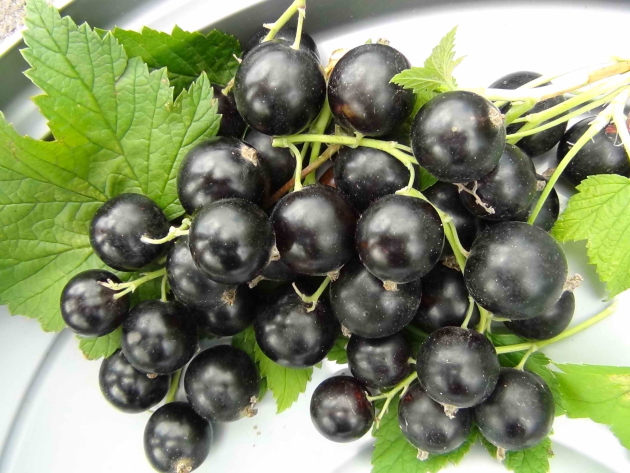
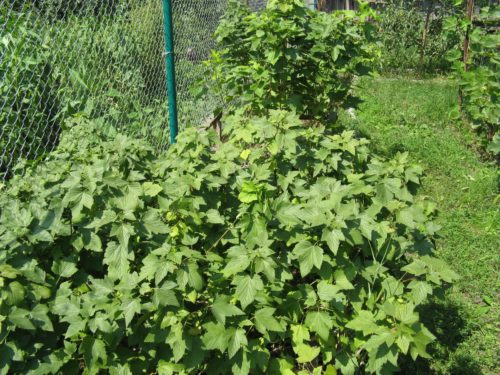
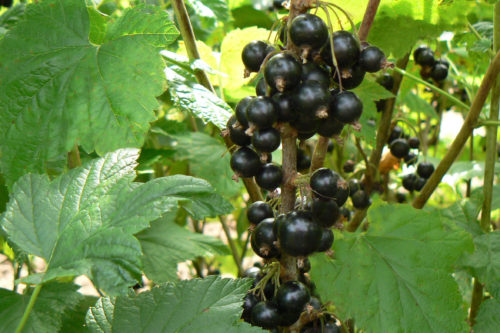
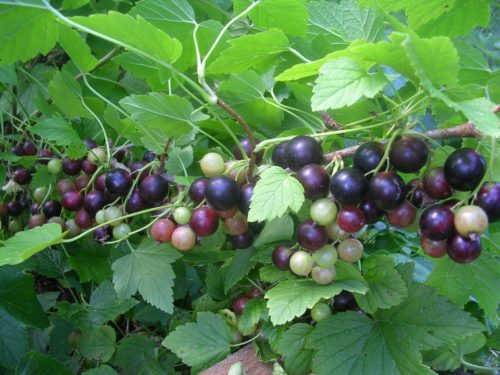
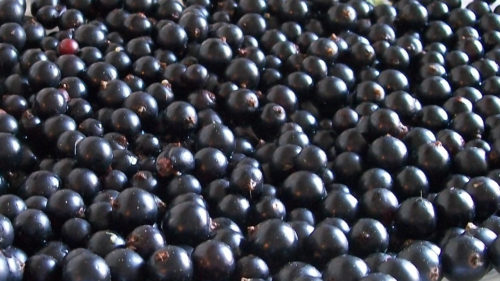
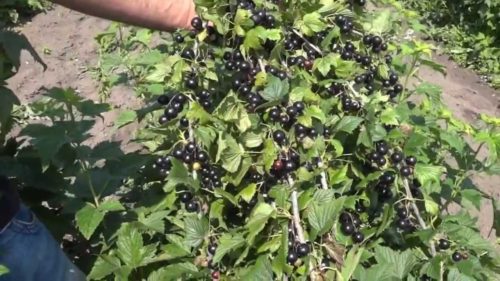

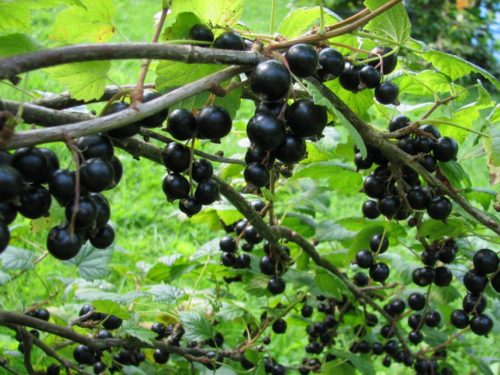
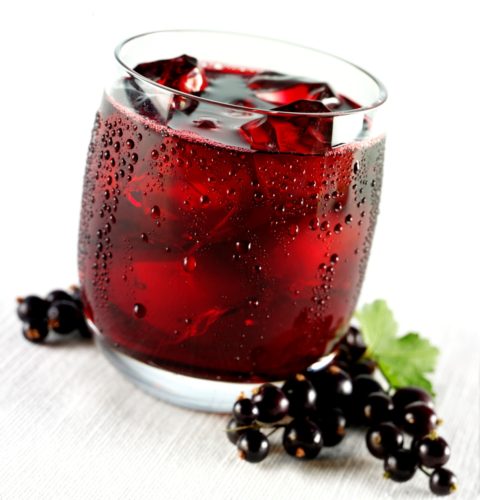
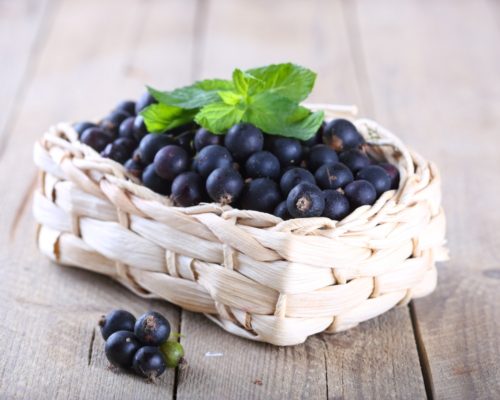
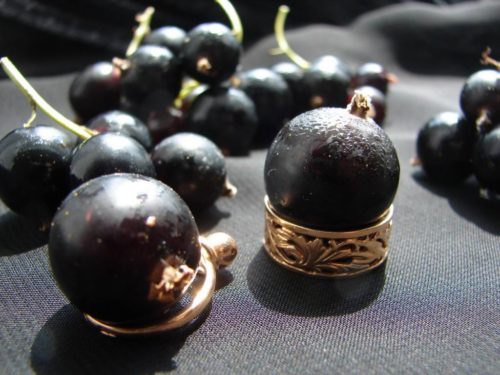
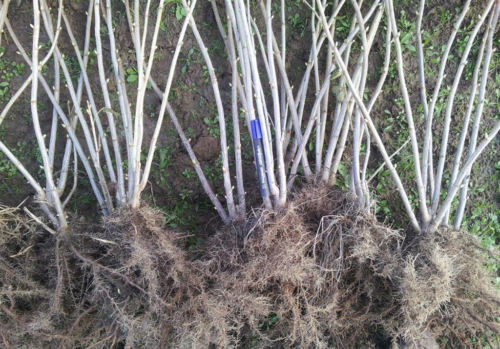
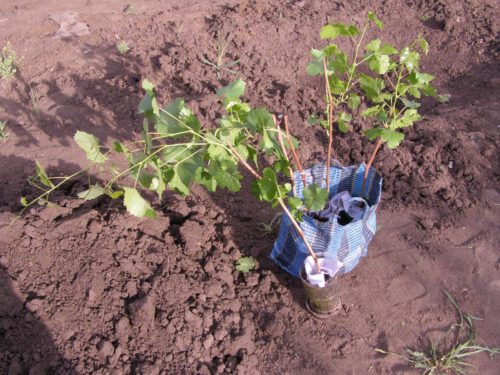
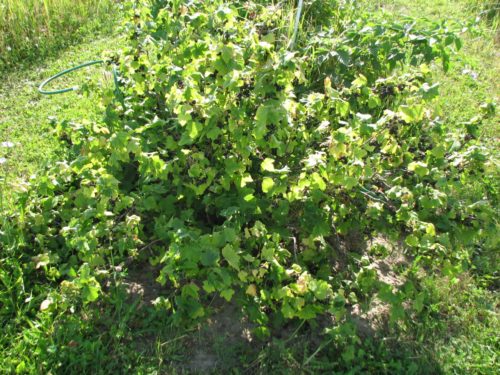
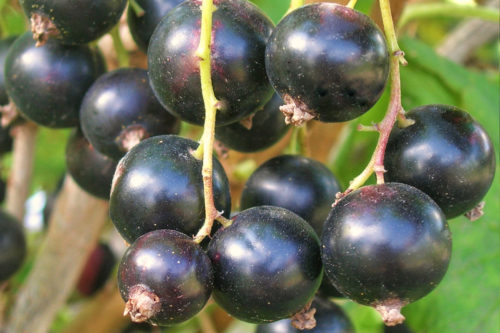
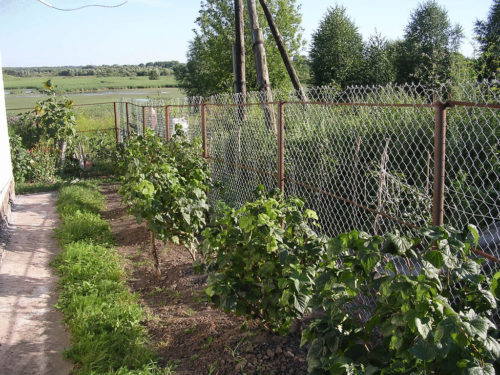
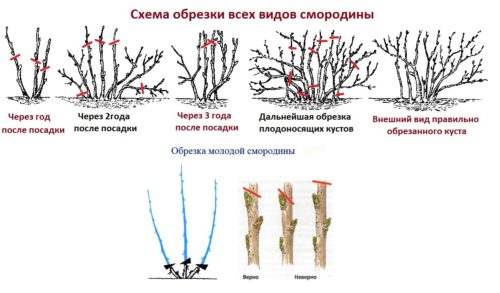
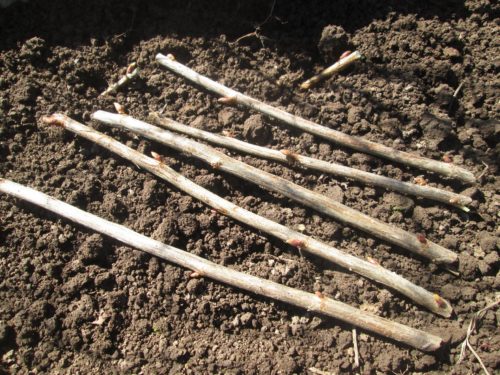
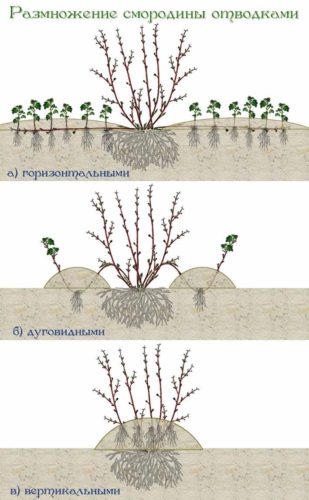
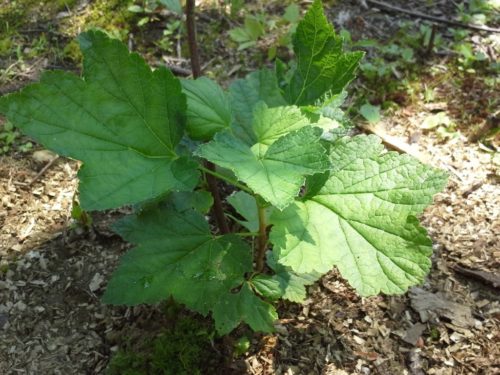
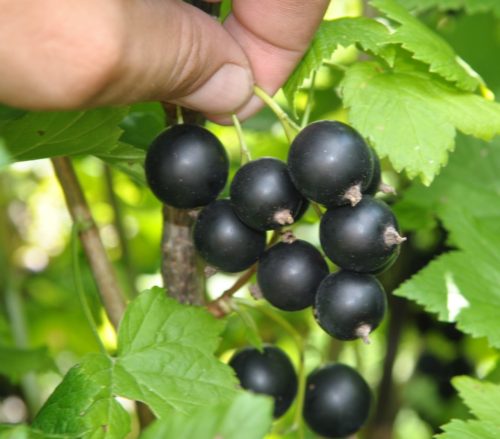












 Start a discussion ...
Start a discussion ...